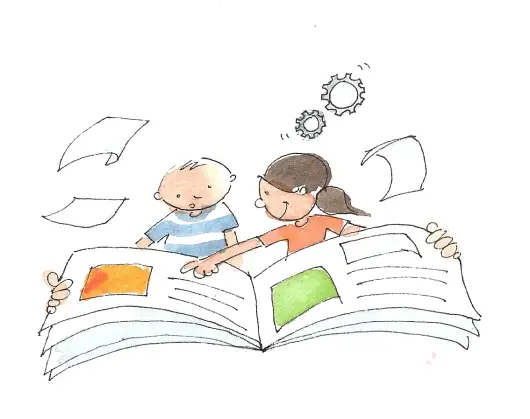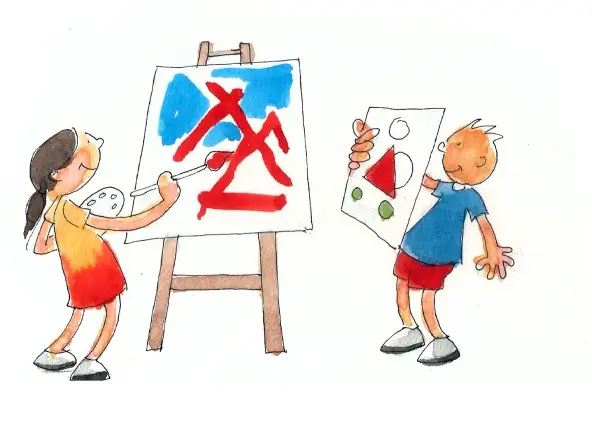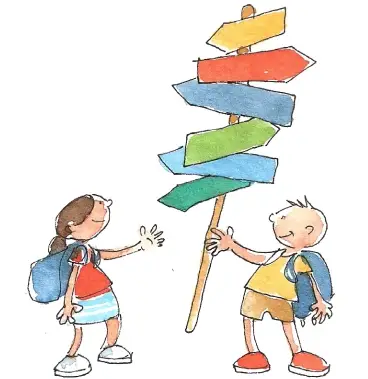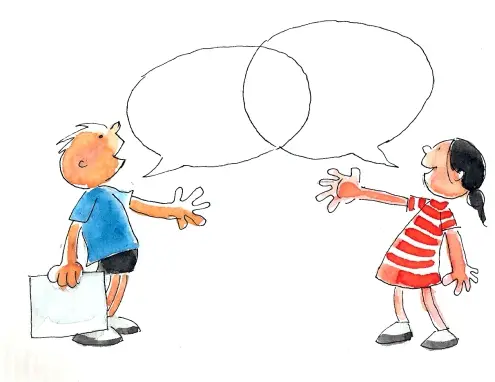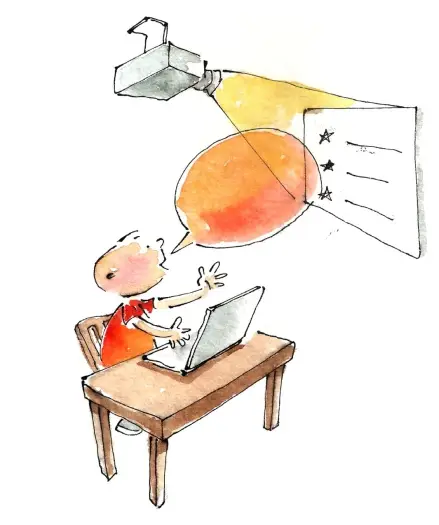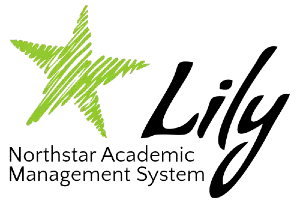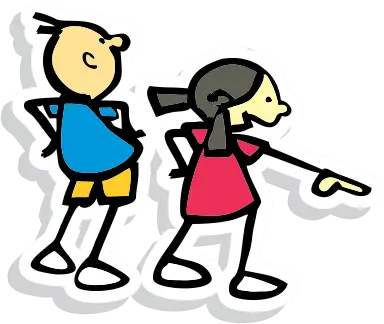EXPERIENTIAL
What is it?
Experiential learning refers to the learning that happens when we experience something. In other words, experiential learning is the knowledge students gain from actively doing something as opposed to for example the knowledge they can acquire from passively reading a book. Experiential Learning can take many different forms, but one of the most common in progressive education is Project-Based Learning where students work on a project that requires them to study and interact with real-world issues. Project-Based Experiential Learning usually happens over several weeks as students familiarize themselves with the theme for the project (such as climate change, Indian culture, or math in the supermarket) and demonstrate their understanding in different ways. Other common forms of Experiential Learning include role-playing and simulations, and doing an internship to learn more about a particular profession by immersing oneself in the actual work.
Why is it important?
The essence of Experiential Learning is that students explore and learn from real-life experiences and scenarios. The importance of such learning opportunities cannot be overstated given how research shows again and again that student motivation increases when students recognize a link between what they’re learning and its actual application in the real world, especially their own lives. By connecting students with the world around them, Experiential Learning also gives them a chance to explore and recognize the interdisciplinarity of reality. Understanding real world problems cannot be achieved from the perspective of a single discipline: grasping the concept of climate change and the debate surrounding it for example demands an ability to connect insight from fields such as biology, social studies, economics and politics. Experiential Learning offers a richer and more nuanced understanding of the world, thus making it easier for students to apply the knowledge and skills they learn in school to the context of their lives outside school. In addition, Project-Based Learning in particular hones students collaboration and team-working abilities, while role-playing and simulations are great for learning about perspective-taking and empathy.
How will we use it?
Our educators are trained in various forms of experiential learning, and they appreciate the value of real-life learning experiences. It is individual educator’s discretion to design their own curricula using experiential methods in the way they see best fits the learning goals.
